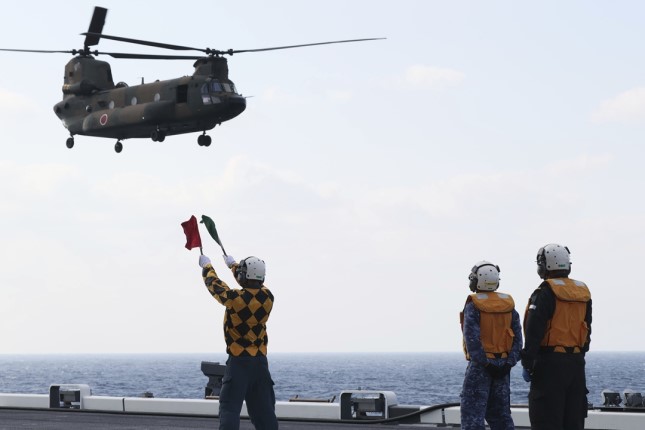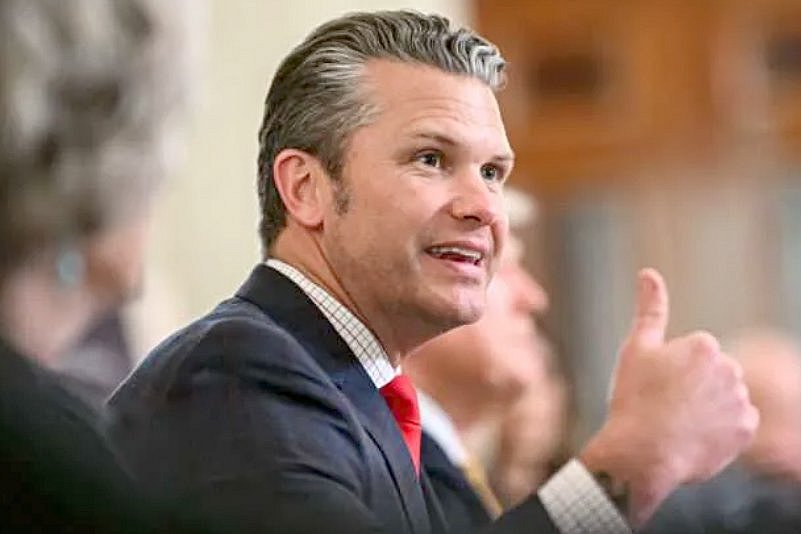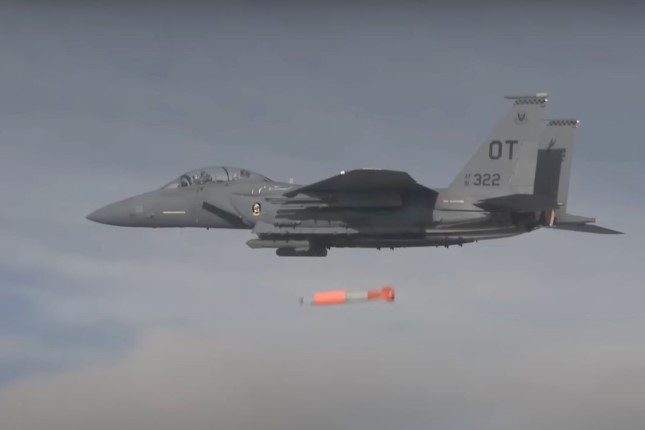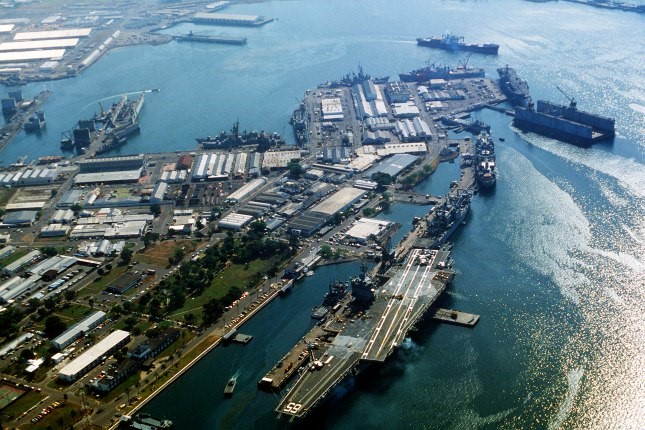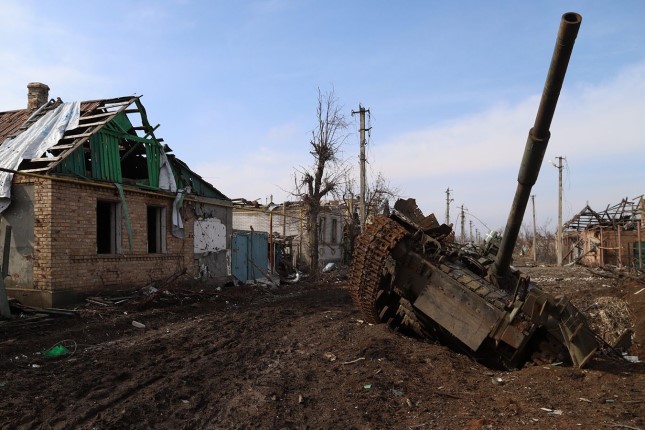While Japan is making bold moves recently to reassert itself as a major military power regardless of growing worries in both domestic society and neighboring countries, Chinese experts warned that the country is sowing the seeds of calamity for itself as the ambition may lead to results that the country will not be able to bear.
In the latest move, Japanese media reported that the Japanese government is soon to approve a record-making state budget for fiscal 2023 with a roughly fourfold increase in spending on ammunition and long-range missiles.
The government is expecting to allocate 828.3 billion yen ($6.27 billion) for ammunition-related spending, a sharp increase from around 200 billion yen in recent years, as part of Japan’s drive to bolster its defense capabilities, Japanese media reported Tuesday, citing sources familiar with the plan.
The overall defense budget, which includes costs related to the realignment of US forces in Japan, will likely rise to 6.8 trillion yen in the next fiscal year from April, up from 5.4 trillion yen in the current year, according to the source.
Increased defense spending is expected to balloon the general account of the draft budget for fiscal 2023 to about 114 trillion yen, the 11th straight record high for an initial budget, the government source said.
It will also be the fifth consecutive year for an initial budget to exceed 100 trillion yen, the source said, revealing that the Cabinet will approve the budget at a meeting as early as December 23.
Japan used to focus on strengthening defensive capacity to cooperate with the US military’s capability building. Its strengths lie in air defense and mine clearance as well as anti-missile and submarine defense, Song Zhongping, a Chinese military expert and TV commentator, told the Global Times on Tuesday.
But as the US now requires Japan to convert its exclusively defense-oriented policy into the exercise of international law’s right of collective self-defense, which requires Japan to have both offensive and defensive capabilities, Japan needs to buy more offensive weapons and equipment, according to Song.
Japan itself is also happy to see this happen, as it confirms with the Japanese government’s long-term ambition to break out of decades of pacifism, Song noted.
The planned expenditures include over $1.5 billion for Tomahawk cruise missiles from the US, which would be deployed as standoff missiles that could be launched from outside an enemy's firing range, according to Japanese broadcaster NHK.
Some $690 million are to be allocated for the production of the Ground Self-Defense Force’s Type-12 Surface-to-Ship Missile System. About $15 billion will be spent on the maintenance and repair of major platforms such as aircraft and vessels. Some $6 billion will be used to secure shells. About $1.6 billion will be set aside to construct vessels equipped with the Aegis anti-ballistic missile system, according to NHK.
Japan hopes to build a military capability with both offensive and defensive capabilities with the help of the US. It is necessary for the country to strengthen the capacity to attack targets deep behind enemy defense lines, such as applying Tomahawk cruise missiles and possibly developing new missiles based on the Type-12 Surface-to-Ship Missile System, Song explained. He noted that it cannot be ruled out that Japan would develop ballistic missiles in the future.
Japan’s anti-missile capability building is also part of the US’ global anti-missile capability building. Japan hopes to carry out effective strikes against other countries without being counterattacked. This is what Japan hopes to achieve, Song noted.
The Japanese government last week revised three key security- and defense-related documents, which stipulated for the first time that Japan will possess counterstrike capabilities. Japan is also set to step up talks with the US on strengthening their deterrence and coping capabilities, following the revision of the three documents, media reported.
While some people in Japan were in favor of the country having counterstrike capabilities, hyping external threats, especially from Russia, China and North Korea, Song warned that the move is also sowing the seeds of calamity for Japan itself.
Once Japan conducts so-called counterstrike at other countries when it thinks is necessary, how could it make sure that other countries would not fight back? Under those circumstances, the results would be unbearable for Japan itself, Song said.
In response to Japan’s counterstrike capacity building, South Korea has warned of “actual action.”
Due to the move, security conditions in East Asia have changed fundamentally and Japan will come to realize that it has made a “wrong and very dangerous choice.” South Korea would “continue to show how much we are concerned and displeased with actual action,” the Yonhap New Agency reported Tuesday, citing an unnamed official.
Photo: A CH-47 helicopter of the Japan Maritime Self-Defense Forces prepares to land on Izumo, a General Cargo Vessel in the eastern waters of the Ryukyu Islands on November 14, 2022. Approximately 36,000 personnel from Japan and US military were deployed on airplanes and ships during the joint exercise, which is scheduled to run till November 19. The exercise has drawn opposition from peace-loving locals © VCG.
Source: The Global Times.
